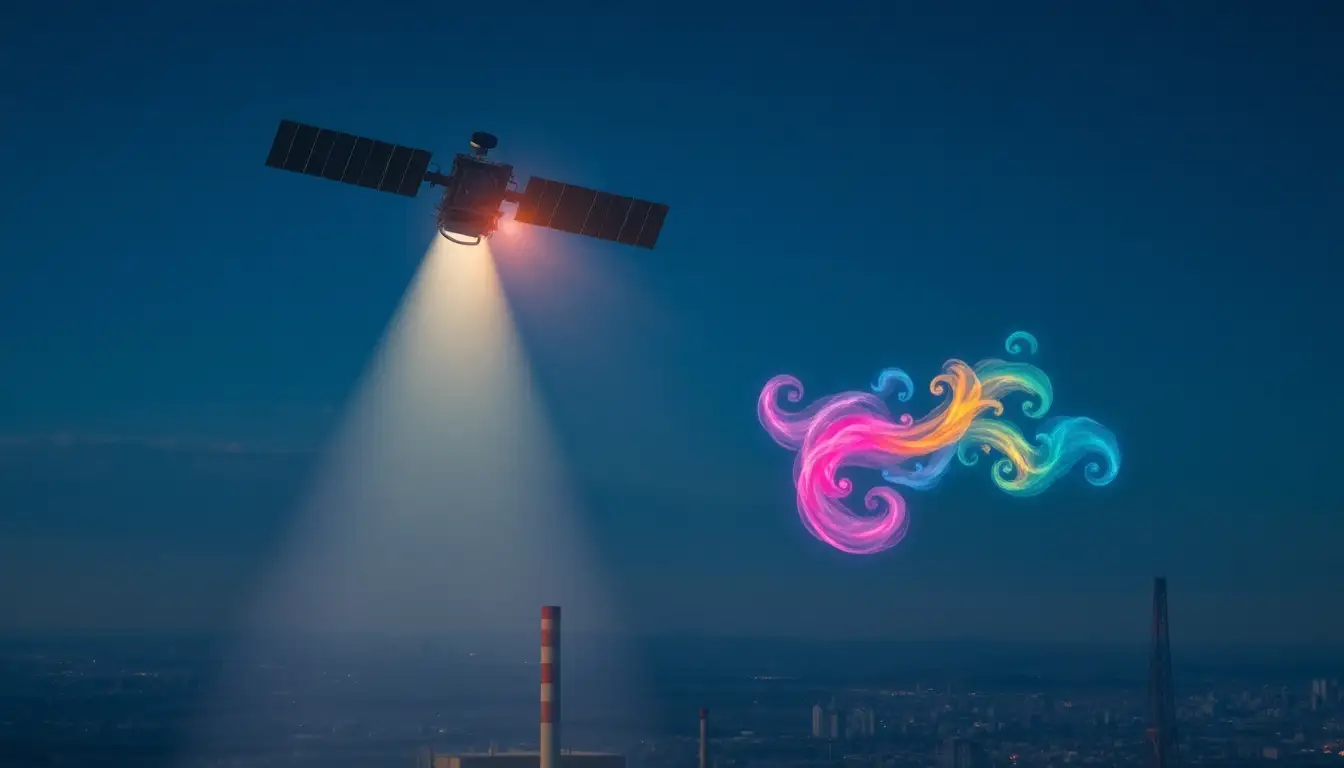
Now loading...
Former U.S. Vice President Al Gore has introduced a groundbreaking tool developed by his nonprofit organization, Climate TRACE, that employs artificial intelligence to monitor fine particulate pollution stemming from over 660 million sources globally. This innovative system aims to identify polluters at an unprecedented scale, revealing those responsible for contaminating the air we breathe.
The Climate TRACE initiative, which is a collaborative effort involving more than 100 universities, scientists, and AI specialists, leverages satellite technology and remote sensing to detect emissions activity across the planet. Gore emphasized the significance of this tracking capability, highlighting that such extensive monitoring would have been unimaginable without advancements in artificial intelligence.
The urgency surrounding this initiative is underscored by growing concerns about the detrimental health effects of fine particulate pollution. Scientific studies are increasingly revealing the serious health risks associated with exposure to PM2.5 particles, which have been linked to conditions like low birth weight, kidney disease, Alzheimer’s, dementia, and type 2 diabetes. Alarmingly, even emissions within legal limits contribute to tens of thousands of premature deaths annually in the United States.
The Climate TRACE system currently monitors over 137,000 pollution sources, including nearly 4,000 identified as “super emitters.” Much of the pioneering research related to PM2.5 and its health implications was conducted by Joel Schwartz, the scientist instrumental in the ban on leaded gasoline. Gore hopes that enhanced visibility of pollution linked to fossil fuels will galvanize renewed efforts to address these issues.
Recent data from Climate TRACE indicates that emissions during the first half of 2025 were 0.13% higher than the previous year, with a notable increase in greenhouse gases from fossil fuel sources, particularly in the United States. Earlier assessments highlighted that emissions from oil and gas production and transportation are significantly underreported, with actual emissions being three times higher than official figures. This discrepancy arises partly due to over 100 countries lacking accurate emissions inventories and others relying on outdated self-reported data.
The new platform provides public access to comprehensive data on major polluters, alongside interactive maps illustrating how PM2.5 pollution disperses near urban centers. Gore noted that these emissions visualizations will expand globally, offering a degree of transparency that could make powerful industries uneasy. With real-time satellite tracking, every smokestack, flare, and leak is meticulously monitored, allowing for detailed assessments.
This technology not only promotes corporate accountability but also has direct implications for public health. Individuals can now identify which facilities are impacting their neighborhoods and how pollution flows through their communities. This level of accessibility could empower residents to contest permits, advocate for environmental cleanups, and drive policy changes backed by solid scientific data, effectively eliminating ambiguous promises from corporate entities. The satellites operate without bias, ensuring a clear and accurate view of pollution sources and their effects on air quality.


